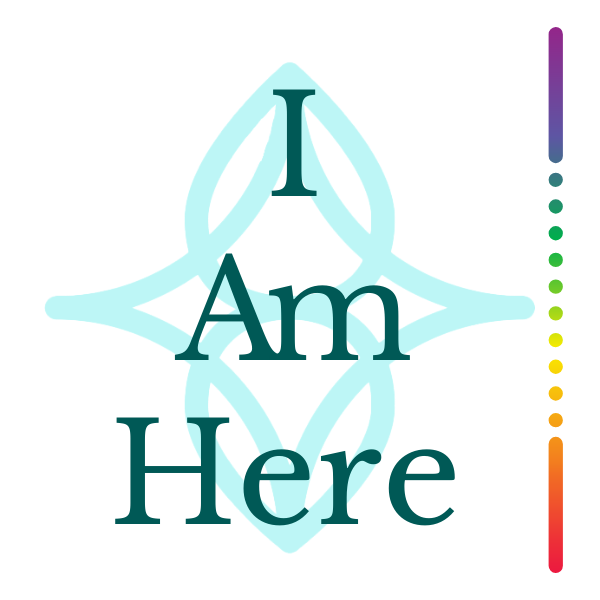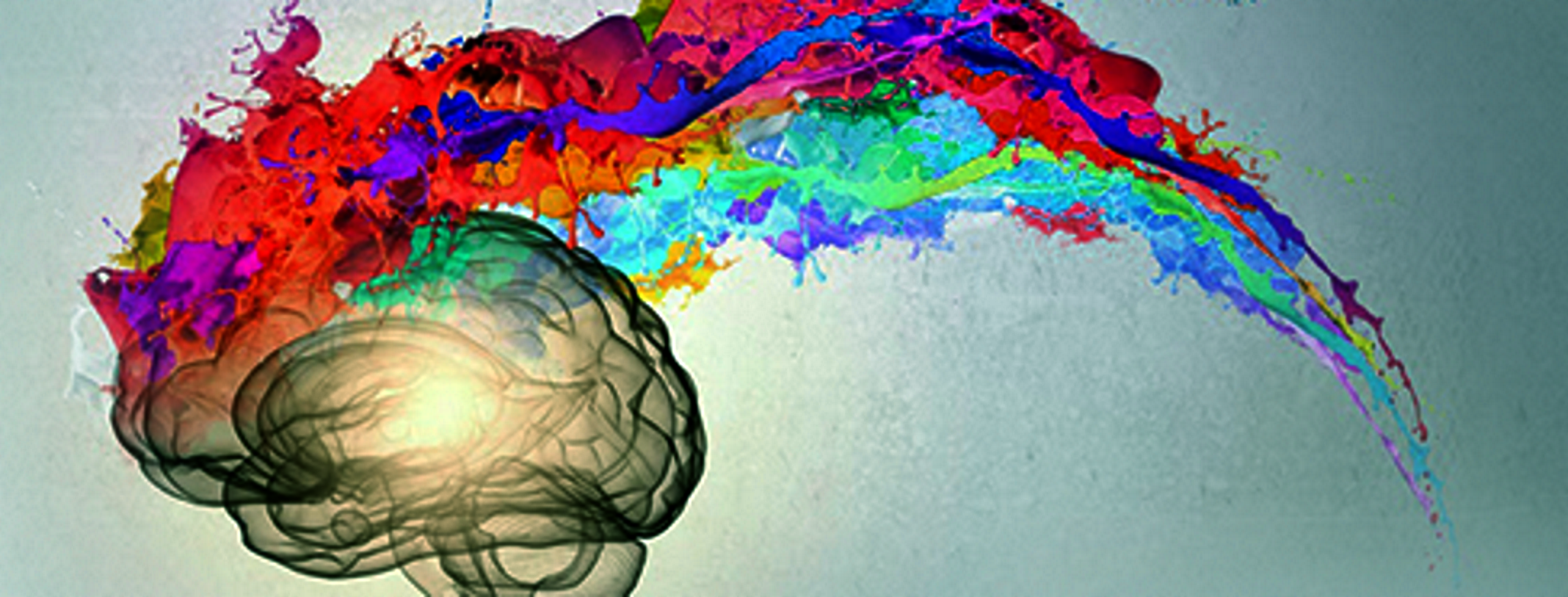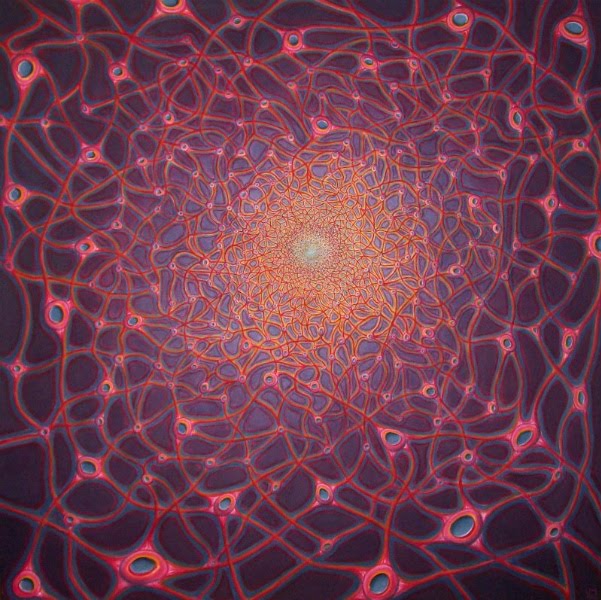Historically, we believed that the brain stops growing after childhood. In this decade, science has established that this is not true. The brain is constantly evolving and open for transformation. Significant changes in brain mass, connectivity and performance can be encouraged for as long as we live.
Loosely used, neuroplasticity refers to this almost miraculous ability of the brain to reform itself. On the level of neural networks, this is about connectivity, association and identification. From the nondual perspective, it is about the power to transform our minds out of a predetermined, binary system, in order to access greater, non-discriminating aspects of our human potential. The key ingredient? Unconditioned conscious awareness. Living without a cause. Neuroplasticity is fundamentally about the healing power of presence.
The maxim is that: neurons that fire together, wire together.
This means that if it has been learned that spiders are a death threat, then neurons associating spiders with extreme fear will instantaneously go off together, even on standing on a ball of wool. The more this happens, the more concrete the association becomes.
Yet although the spider phobia becomes the road most traveled, it’s not the only road possible. New networks can form through the repeated creation of new associations through adding new aspects to the experience. The ‘road most traveled’ will stay for a while, but other possibilities are added which dramatically decreases stress – the biochemistry of immediate survival which is an inhibitor of transformation.
 Many neural networks are subconscious. This is because we have been collectively programmed according to the logic of fear and survival. Because the programming is fear based, our first reflex is to withdraw our consciousness – even from our own reflexive fear responses. This is based on a core experiential belief around perception – that if you don’t look at it, it’s not there. It is rather like the instinct of covering our eyes to make an experience go away, or as we see in children, covering their own eyes to make the world go away.
Many neural networks are subconscious. This is because we have been collectively programmed according to the logic of fear and survival. Because the programming is fear based, our first reflex is to withdraw our consciousness – even from our own reflexive fear responses. This is based on a core experiential belief around perception – that if you don’t look at it, it’s not there. It is rather like the instinct of covering our eyes to make an experience go away, or as we see in children, covering their own eyes to make the world go away.Because such networks of repeated suffering are less conscious, they are also less available to be released. We can’t heal something if we don’t allow it to be there in the first place! In this, there is always an aspect of attending awareness from above or beyond the brain activity which is critical to change and transformation. Without being mindful of the experiential map of our minds, we encounter difficulty seeing new routes.
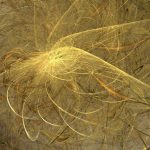 Imagine that for generations, your family has walked a particular path to the ocean. It’s imprinted in your genes. It’s been taught you by both your parents and grandparents. Even your local school has never challenged the assumption that this is the one and only possible path. One day, somebody takes you in a flying machine above the terrain. You see the well-known route to the ocean. It curls, climbs a steep slope, bends backward, and then twists back to descend a perilous cliff edge. Even though the ground is smooth and the way is clear from having been walked so often, it goes through a reserve of poisonous snakes. Indeed, some of your ancestors were bitten and never made it – which is given as a reason for continuing to walk the same, known path. From above, you see another way. It’s overgrown with brambles, but it’s smooth, direct and safe. All you need is to walk it for the first time and cut out the foliage. Each time you do this, it will get easier. Nobody needs to die. In fact, on this direct route, you get the view of the ocean before you every step of the way. Your family might think you’re crazy. But who would not forge out the new path having seen the terrain from above? Who would not show this easier way to the children? The old pathway is still there, to be used if needed, but other options have emerged.
Imagine that for generations, your family has walked a particular path to the ocean. It’s imprinted in your genes. It’s been taught you by both your parents and grandparents. Even your local school has never challenged the assumption that this is the one and only possible path. One day, somebody takes you in a flying machine above the terrain. You see the well-known route to the ocean. It curls, climbs a steep slope, bends backward, and then twists back to descend a perilous cliff edge. Even though the ground is smooth and the way is clear from having been walked so often, it goes through a reserve of poisonous snakes. Indeed, some of your ancestors were bitten and never made it – which is given as a reason for continuing to walk the same, known path. From above, you see another way. It’s overgrown with brambles, but it’s smooth, direct and safe. All you need is to walk it for the first time and cut out the foliage. Each time you do this, it will get easier. Nobody needs to die. In fact, on this direct route, you get the view of the ocean before you every step of the way. Your family might think you’re crazy. But who would not forge out the new path having seen the terrain from above? Who would not show this easier way to the children? The old pathway is still there, to be used if needed, but other options have emerged.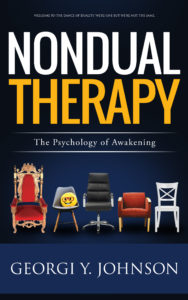 Neuroplasticity involves releasing the exclusive rights of one pattern or pathway, and allowing others to form. Between one road and the next, there is a transcendental position required, that is not obligated to any path. This means that consciousness unhooks from predetermined reactions and rests elsewhere – whether it is through mindful breathing, visualizing a triangle, repeating a mantra or blessing, or simply opening the awareness of the contact with the feet on the ground. This resting in a third point unhooks the destined pathway by adding first one, and then a range of possibilities to the inner landscape. Teachings such as the Power of the Now of Eckhart Tolle, provide, for example, a position to encourage neuroplasticity by referencing the present moment – the ‘here’ and ‘now’. Through the wider freedom of a transcendental point of reference, new possibilities emerge, even at a somatic or unconscious level.
Neuroplasticity involves releasing the exclusive rights of one pattern or pathway, and allowing others to form. Between one road and the next, there is a transcendental position required, that is not obligated to any path. This means that consciousness unhooks from predetermined reactions and rests elsewhere – whether it is through mindful breathing, visualizing a triangle, repeating a mantra or blessing, or simply opening the awareness of the contact with the feet on the ground. This resting in a third point unhooks the destined pathway by adding first one, and then a range of possibilities to the inner landscape. Teachings such as the Power of the Now of Eckhart Tolle, provide, for example, a position to encourage neuroplasticity by referencing the present moment – the ‘here’ and ‘now’. Through the wider freedom of a transcendental point of reference, new possibilities emerge, even at a somatic or unconscious level.Among other things, neuroplasticity means that emotions such as happiness and compassion can be cultivated in much the same way that a person can learn through repetition to play golf and basketball or master a musical instrument, and that such practice changes the activity and physical aspects of specific brain areas.
Neuroplasticity takes place in the healing of memories. Here there is some confusion and the idea can provoke some anger, as there is a clinging to the established story – “What happened, happened! It can NEVER be undone.” While this is true, most painful memories involve the re-experiencing of a very limited collection of neural networks. Partly, this is the chonological memory – the order in which it happened, but more so it is the experiential memory.
Experiential memory is alive in the moment – it is here and now. Within this living quality, memory can expand and contract. It can expand to offer that same over-view of the terrain – including the experience of the other person or people. It can access or allow the experience beneath the experience. For example, beneath the rage, there could be pain. Beneath the pain, there could be loss. Beneath the loss, there could be love. Within the love, there could be a quality of beauty. Out of the beauty comes a desire to express.
Without changing any of the established events of the ‘happening’, memory increases its plasticity, with new neural networks forming that reveal new perspective, identification, association and possibility. Just one detail of a traumatic memory can be enough to break open a fixed network. Think of a traumatic event in your life. Ask yourself a random question that you never thought of before, such as: what shoes were you wearing? What was the feeling in your hands?
By domino effect, neurons that associate problems as being fixed, predetermined and unchangeable also become more relative. The very movement of transformation means the neuron that shouts “doomed!” in perpetual self-condemnation runs out of ammunition. With this, the experience of transformation itself becomes associated not with danger, but with well-being, freedom and strength.
Whereas pathways previously had the agenda of escaping pain, new networks follow the incentive of freedom to ever-increasing degrees – even beyond the boundaries of the private individual. This is supported by the whole body-mind that inherently yearns toward peace and well-being.
Was this article helpful?
YesNo
